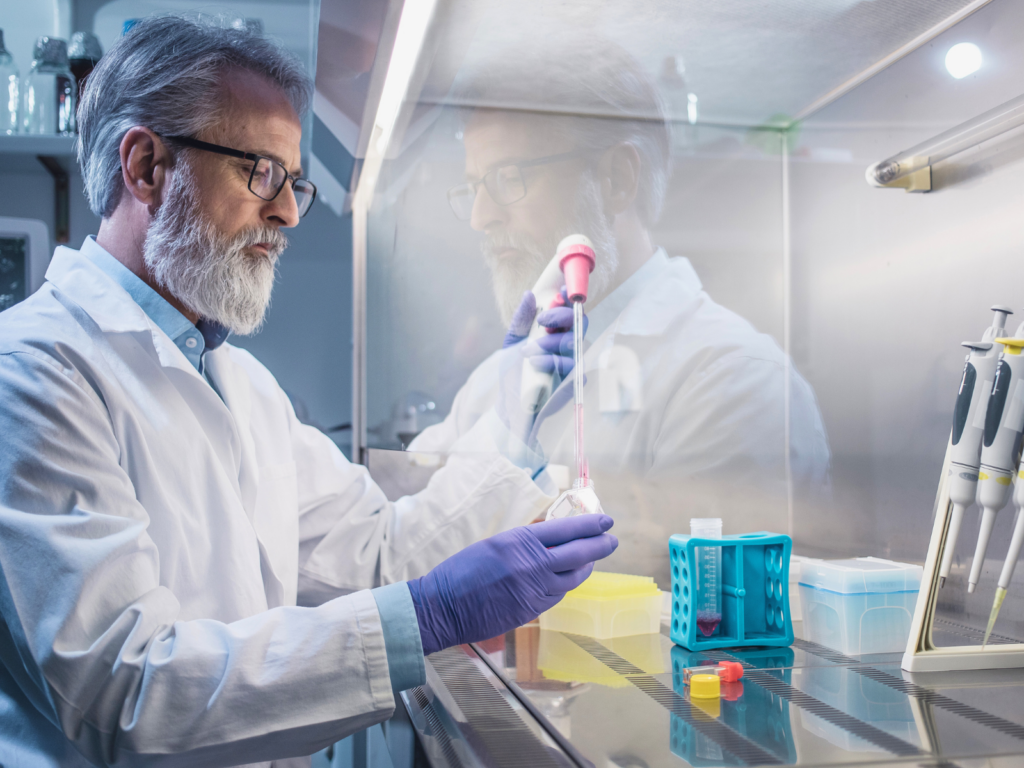7 Tips for Maintaining Your Biological Safety Cabinet
Biological Safety Cabinets (BSC’s) can be expensive. The cost of a BSC can vary depending on the type and level of containment required, the size of the unit, and the manufacturer.
Additionally, BSCs require regular maintenance and certification to ensure their proper function, which can add to the overall cost over time. It’s imperative to note that BSCs are critical pieces of equipment for ensuring laboratory personnel safety and the integrity of experimental samples.
They provide a highly controlled environment for working with biological materials, preventing the spread of potentially harmful organisms, and protecting experimental samples from contamination.
While the initial cost of a BSC may be high, it is an essential investment for any laboratory working with biological materials.
Watch the video: 7 Tips for Maintaining Your Biological Safety Cabinet
The following tips can assist you in maintaining a biological safety cabinet (BSC) in optimal condition:
1. Follow the manufacturer’s instructions: All BSCs come with instructions from the manufacturer.
2. Regular cleaning: BSCs should be cleaned regularly, ideally daily or after each use. The interior surfaces should be wiped down with a disinfectant solution, and the HEPA filter should be vacuumed or replaced as required.
3. Proper usage: The BSC should be used correctly, including positioning items inside the cabinet, avoiding blocking the air grilles, and ensuring that the cabinet is not overfilled.
4. Regular maintenance: Regular maintenance should be performed by qualified technicians to ensure that the BSC is functioning correctly. This may include checking the airflow, testing the HEPA filter, and checking the seals.
5. Regular calibration: BSCs should be calibrated regularly to ensure that they are operating correctly. This may involve measuring the air velocity and airflow in the cabinet.
6. User training: BSCs should only be operated by trained personnel who understand how to use the cabinet safely and effectively. Regular training sessions can help ensure that personnel are up-to-date with the latest procedures and techniques.
7. Monitoring: Regular monitoring of the BSC can help identify any potential issues before they become problems. This may involve monitoring the airflow, filter life, and other parameters using built-in monitoring systems or external monitoring equipment.

By following these tips, you can help ensure that your biological safety cabinet is operating correctly and providing the necessary protection for you and your lab staff.
Selecting the right unit for your needs and having it installed and properly maintained by a professional are the first steps to ensuring the proper use of your biosafety cabinet.
The Allometrics team can help you choose the right BSC for your needs. We are a proud distributor of various brands of biosafety cabinets and provide installation and certification services.
Contact us today for additional detailed information.





